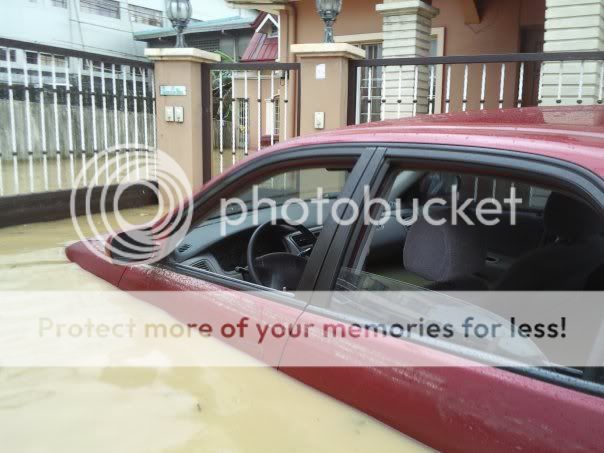What is Non-Life Insurance, part 2
By Randell Tiongson on February 27th, 2010…con’t.
Aside from its primary function, property and casualty insurance also has other functions.
It stimulates business enterprise—Insurance has made possible and helps maintain the present-day large-scale commercial and industrial organizations. It enables them to use their capital in the development of their business and obtain financial security against risks, instead of freezing business capital just to guard against various contingencies. Because of reduced risks also, capitalists are able to venture into other projects.
It stimulates business efficiency—Since businesses can worry less about losses, they can concentrate more on the prosecution of their business.
Promotes loss prevention—Insurers allow taking risks from well-maintained and quality machineries, equipment or properties.
Investment of funds—Insurers accumulate large funds and these are invested in the economy. Moreover, the funds of business enterprises do not remain static but are used productively, resulting in lesser premiums. Moreover, the process produced by business is reduced, benefiting the public. Although cost of insurance is integrated in the prices of commodities, the amount is significantly lesser than the amount without insurance.
Basis of credit—Credit extension is the most important phase of modern business and is contributed to by virtually all forms of insurance. Thus, in the case of a mortgage upon a real estate, no mortgagee is willing to lend money unless he knows that the value of the property is protected from destruction.
Surely, the foundation and purpose of property and casualty insurance is really much more complex that what was explained here. One also needs to understand about risks and hazards to be able to have a better appreciation of insurance.
Risk is the chance of loss. If a loss is absolutely certain to happen, no risk is involved. Peril is the contingent or unknown event which may cause a loss. The peril is that which is insured against because without such peril, the risk is absent. Examples of perils are fire, flood, accident, theft, illness, etc. The insurance company can choose what perils it will be willing to except the insured from. This is what is also termed as insurable risk. But risks, to be insurable, must meet certain requirements:
Importance—The loss to be insured against should be grave enough to support a contract of insurance. Not all losses would have to be insured. The object must have some economic value, so that losing it would put the insured in some degree of pecuniary disadvantage.
Calculability—The loss must be possible to estimate as to its probability. This is particularly important in order to determine the amount of premium and the amount to cover, so as to protect the insurance industry.
Definiteness of loss—The losses should be fairly definite as to cause, time and place.
No catastrophic loss—This is against the law of large numbers. When large numbers of people are subject to the same kind of losses at the same time, insurance becomes a risk-accepting business rather than a risk-distributing device. The losses of the few are no longer borne by the many who did not suffer a loss. Only small occasional losses are insurable.
Accidental in nature—Insurance is intended to cover accidental or unexpected losses. If the loss is not accidental, sudden or unexpected, there is definitely no risk. Payment made to a party whose loss is expected is contrary to public policy and morals.
The perils that conform to these requirements are proper for supporting an insurance contract.
Hazard, on the other hand, is the condition or factor, tangible or intangible, which may create or increase the risk from a given peril. Hazards are what create a peril, which, in turn, creates a risk. In the insurance environment, hazards are:
Physical hazards—those relating to location, structure, occupancy, exposure to the surroundings and other similar things like inherent vices that make the thing very susceptible to loss.
Moral hazards—those relating to the mental attitude of the person.
Morale hazard—pertains to the attitude or character of a person.
Whew, this blog has turned out to be a mini-lecture on the fundamentals of insurance. Since we pay good money to get such insurance, isn’t it about time we start understanding what we have been paying for all these years? I think so.



